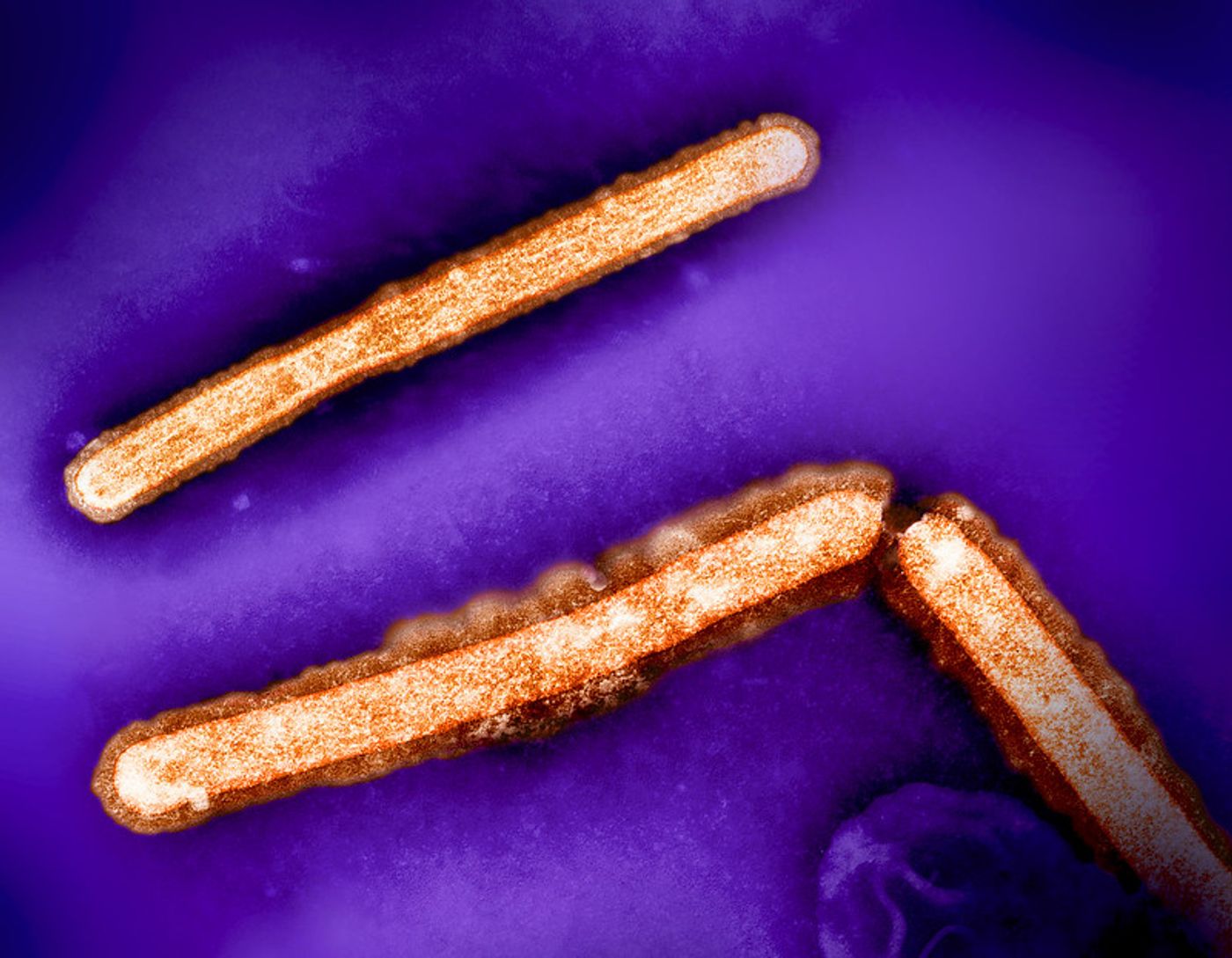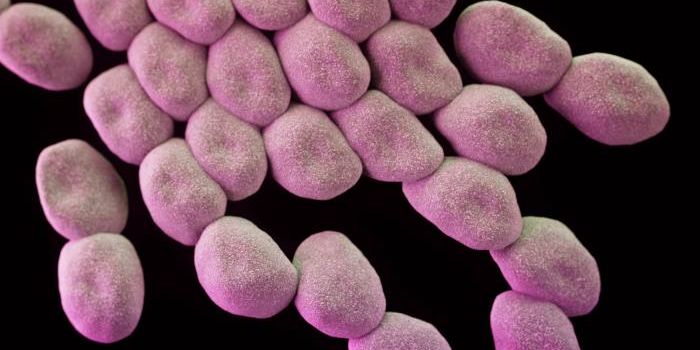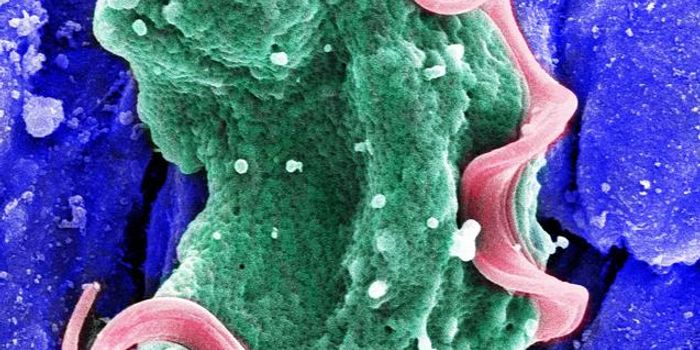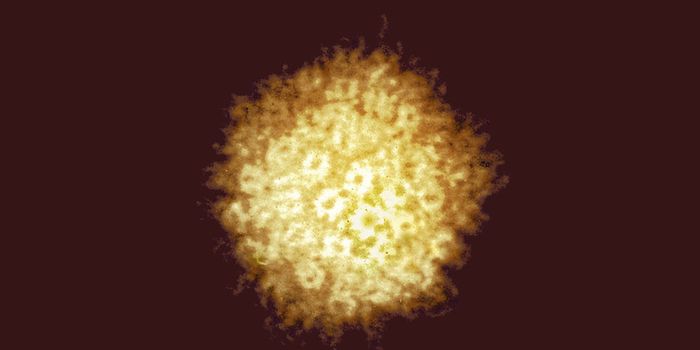Avian Flu Continues to Run Amok as It Reaches Antarctica
In late February, a research team determined that birds on Antarctica's mainland were infected with highly pathogenic H5 avian flu. The virus has moved further and further south after spreading around the world in recent years, killing millions of wild and farmed birds along the way. But now, the virus has been detected in Antarctica for the first time, in both Antarctic penguins that had been found dead off the coast of the Falkland Islands, and in large seabirds called skuas that live on the mainland of Antarctica.
In December 2023 alone, 13.2 million birds were lost to the H5N1, and an astonishing 79.3 million poultry across 47 states have been lost since February 2022, due to H5N1 outbreaks and related culling operations.
In recent weeks, a number of infections have been reported from different sites in Europe. There were outbreaks of H5N1 at farms in Norway, Italy, Poland, and Romania. In addition, Moldova reported H5N1 outbreaks at a poultry farm as well as the detection of the virus in wild birds. Ukraine also reported the detection of the virus in a wild bird. There was a recent report of a wild bird with H5N1 in Taiwan as well.
A number H5N1 outbreaks have affected a variety of farms in the United States too. Turkey farms in Michigan and Minnesota, a California farm housing over 700,000 birds, and an Ohio farm housing 1.3 million egg-laying hens all recently reported outbreaks of the virus. H5N1 was detected in gamebirds produced at a farm in South Dakota as well as backyard flocks in Indiana, New York, Maryland, Nebraska, and Ohio.
There is still considerable debate about the use of vaccines to try to stop the spread of this virus. In China, vaccinating poultry for highly pathogenic avian flu is a routine practice, but other countries have concerns that using the vaccine could simply mask the spread of the virus and increase the cost of production. France has recently become the first country in Europe to start vaccinating poultry, and the US has banned the import of French poultry and its trading partners in response.
But the World Organization for Animal Health (WOAH) has suggested that vaccination should not disrupt trade, because vaccination can work when it is conducted properly with policies that are based in science. The devastating impact of H5N1 is causing experts to rethink prevention strategies.
"Stricter biosecurity measures and mass culling of poultry may no longer be sufficient to control the disease," WOAH said in a statement. They added that, "In certain socioeconomic contexts, vaccination against avian influenza can contribute to the overall sustainability of the poultry industry and to the preservation of outdoor production systems."
Right now the United States is only using the vaccine on endangered condors living in the Southwest.
H5N1 has also now been detected in two more mammalian species. In one case, a polar bear living on the North Slope of Alaska was found with the disease, and in Arizona, an Abert's squirrel was confirmed to have H5N1.
According to the World Health Organization, there have been 248 confirmed cases, of which 139 were fatal, of human H5N1 infections between January 1, 2003 and December 21, 2023.
Sources: WHO, WOAH, University of Minnesota CIDRAP









